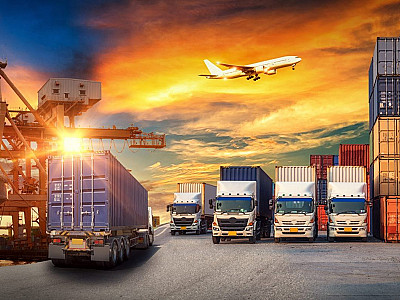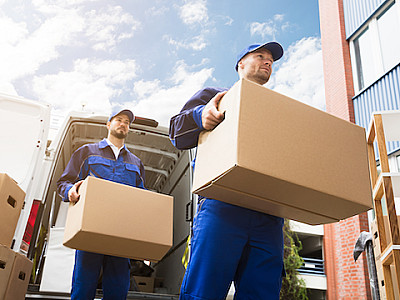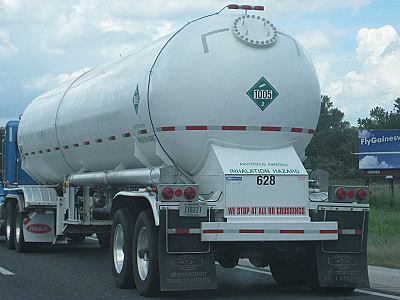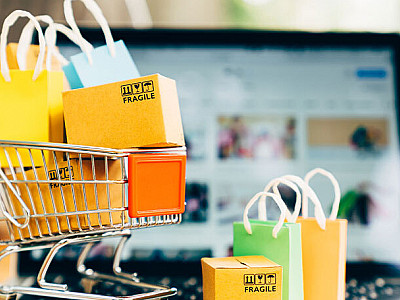Understanding the Opportunities of Insurance in Indonesia
An overview of the current trends within Indonesia's insurance industry.



The FMCG industry is continuously producing high volume of products to better suit the mass scale consumption rate. Thus, they require the help of logistic companies not only to manage the stock of goods, but also with their distribution channels in terms of transporting products from different ports to various centers and warehouses.
One of Askpert’s advisors had the opportunity to share his insights on how logistic companies are able to ensure an efficient FMCG distribution across Indonesia.
For the first and mid-mile, Mr. KSY estimated that 60% of logistics companies in Indonesia use big trucks like wing boxes,ensuring maximum efficiency when loading and unloading goods. Meanwhile, the other 20% of companies prefer to use long trailers, and the rest of the 20% usually use small trucks to transport raw materials from and to warehouses and manufacturers. He also explained that the type of vehicle varies since it depends on the kind of goods that are being transported in which they mostly consist of packaging material, product mixing like chemicals, and other supporting tools.
Mr. KSY shared that since the number of manufacturers in the Jakarta area has now reduced, most of them are now located in Tangerang, Cikarang, Bekasi, or Middle and East Java. He further added that we can now find manufacturers mainly in Cikarang, because the port is still accessible from that area by taking the outer ring road toll. Additionally, some of the material suppliers have also moved to the same city, making the delivery of materials much nearer and faster.
Another thing to note is that some FMCG companies have multi-locations for their manufacturing, such as Surabaya and other Middle or East Java area.
Mr. KSY estimated that around 60% is shipments for the first mile that consists of larger volumes that utilize big trucks. Meanwhile, for mid-mile is the remaining 40% in which around 80% of this utilize small trucks to deliver goods directly to stores. He explained that sometimes the goods are part of a multidrop delivery, and so by using small trucks, companies can help cut some cost.
Based on Mr. KSY’s observation, currently one of the leading players is actually a mobile app and logistics platform that connect customers with local transporters, and also deliver from suppliers to manufacturing. Another is an Indonesian logistic solutions company with a total of 400 for both owned and subcontracted fleets. He explained that 180 of them are trailers used to deliver intercity, 30 are wing box trucks, 20 consists of small trucks, and the rest are fleets from subcontractors.
Meanwhile, for multinational logistic companies in Indonesia, Mr. KSY noted that they mainly handle multi-user warehouses to store goods for first mile delivery, and since MNCs don’t have their own fleets, they mainly work together with local subcontractors to handle the transport of goods.
Firstly, Mr. KSY highlighted that we need to consider the main material of the goods. If they mostly use chemicals, then around 80% will be sourced from local suppliers, and the other 20% will be imported from other countries, which is usually because of a trademarking issue or exclusivity of the material. Usually shipping companies will handle the transport of imported materials.
For materials that are locally sourced, Mr. KSY explained that FMCG manufacturers can’t really facilitate a big warehouse to store the materials, so together with logistic companies they utilize a Kanban system, which in brief is breaking down the shipment of the total number of needed materials into multiple deliveries in much smaller quantity. Afterward, the goods will be transported to a main warehouse, then continue to second main distribution centers on different islands. The goods will also be delivered in a much smaller volume to a cross-docking warehouse within a city, and be sold to wholesale traders.
Contact us to explore more about the current trends of the logistic industry and be connected with our expert network Indonesia.
Subscribe to our newsletter, and stay updated with the latest insights on various industries.
Mr. KSY has been in the logistics industry since 2013. He is primarily responsible for managing the supply and inventory of the company’s business processes. He also specializes in analyzing the distribution route to all the company’s logistics branches and the appropriate supply chain method to maximize the efficiency of its operations. Furthermore, he is an expert in warehouse management, starting from identifying the most strategic location, implementing a cost-efficient operations system, and recruiting manpower. Moreover, he is well-versed in vendor management in accordance with transportation or freighter used for delivering various load types, such as electronic manufacturing products, automotive, and consumer goods.
We will give you updates of our latest news
An overview of the current trends within Indonesia's insurance industry.

One of Askpert's advisors had the opportunity to share his insights about the expedition industry.

Ammonia is one of the new green energy technologies to curb emissions. Mr. DF, a specialist in the ammonia manufacturing sector, provided us with insights into the expansion of the ammonia industry in Indonesia.

Our advisor shares insights on how ecommerce enablers have been helping brands in Indonesia.
